Are you a risk taker? I know that’s a bold question, but one I think we need to ask ourselves from time to time. Smart risk takers in business grow their business and do well for themselves. Is there such a thing as a smart risk taker when it comes to driving?
Let’s face facts; driving at most times of the day can become risky. At any moment another driver may drift toward your vehicle while they pass you or pass them. Another driver may miss seeing the red light or stop sign and enter the intersection the same time you enter it on a green light. Pedestrians and cyclists also add to the risks, not to mention weather and road conditions. But with all of these risks which we have to deal with while driving, are we able to lower them?
When teaching risk perception to students at Young Drivers of Canada , start out the topic in class by asking if anyone would take me up on the offer of tossing a paper ball into the container I have at the front of the room, which is usually a garbage can. I tell them if they put up money, they can win more money; usually 10 to 1 odds. Once I have my “victim”, I reach into that container and pull out a small cup and tell them that’s the container I was referring to. The normal reaction of my student is they don’t want to attempt the toss any longer. They’ve realized their risk of losing their money and made the proper choice of declining. If only drivers on the road could make educated choices to reduce their risk of crashing.
Almost every day we witness drivers driving too fast for conditions. If conditions are not ideal, why would you want to drive the speed limit? Whether the road conditions reduce your traction or if visibility reduces your ability to see far enough ahead of you, it’s time to slow down. Speed limits are set for ideal conditions. If the conditions are not ideal, drop the speed.
For those who are regular readers of my work, you’ll know tailgating is a pet peeve of mine. Do drivers who follow so closely realize what risk they are creating? By the time they realize the driver ahead of them is braking hard, they won’t have enough time to stop without hitting them. That increases the risk of vehicle damage, personal injury to the driver and passengers of each vehicle. If that’s the case, why do it? Find out more about a safe following distance here.
Drivers who weave in and out of traffic create a risk as well. With so much going on with the vehicles they’re passing, any slight change of the flow can create a collision. These drivers who weave are usually in a hurry but the results of their weaving usually gets them to the red light sooner. If that’s the case, why weave?
If you want to help keep your vehicle looking its best, you should also think about where you park in a parking lot. Avoid parking beside a vehicle with front wheels angled severely or if the vehicle is parked on an angle. You should also avoid parking across from another aisle or the parking lot entrance as that’s where traffic tends to accumulate. And finally, avoid parking at the end of the row of parking spaces. This can cause your vehicle to be clipped by someone else as they cut the corner while they turn the corner.
These are just a few of the risks we see each day. It’s time to think of your actions before you do them. So I ask you again, are you a risk taker? If you can honestly say you drive in a risky way that can endanger you, your passengers, other road users and your vehicle, maybe now is the time to stop.


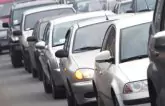

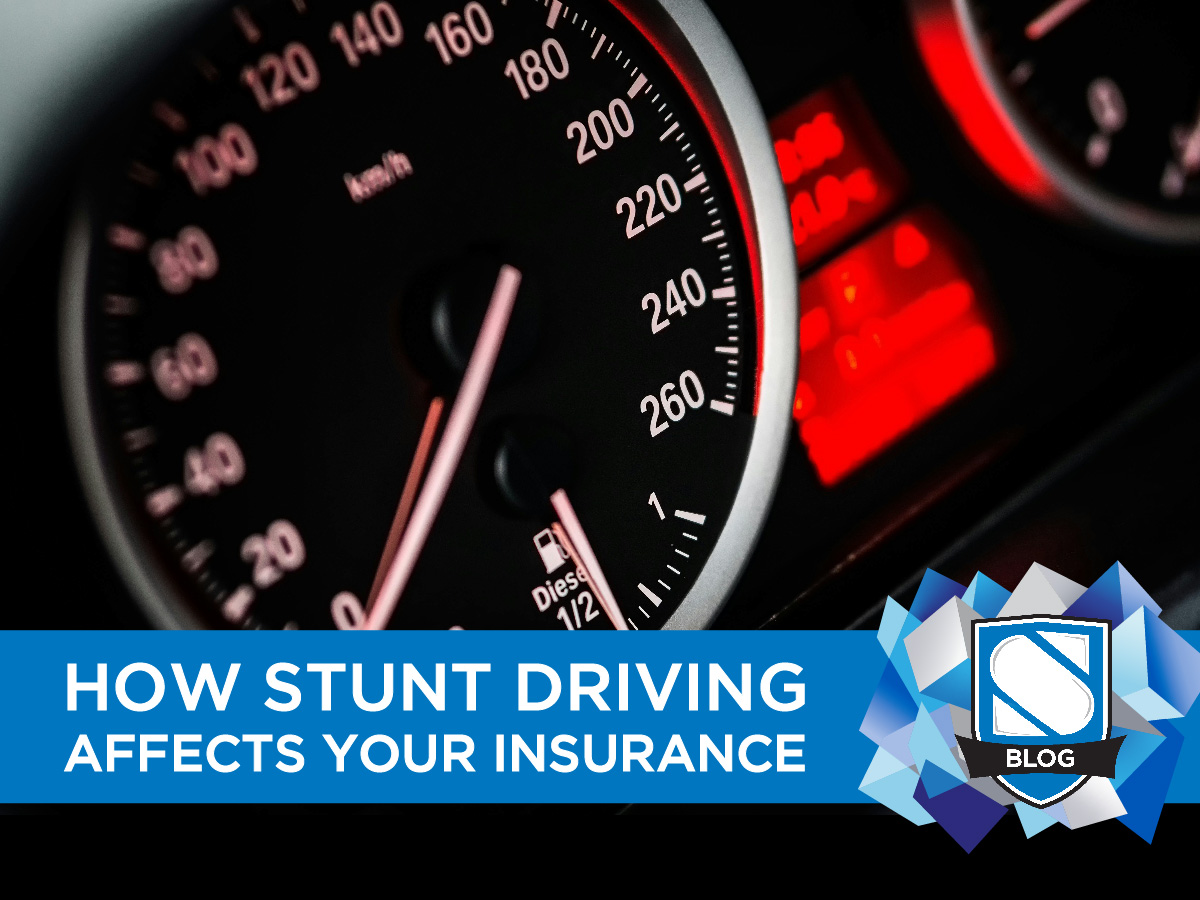
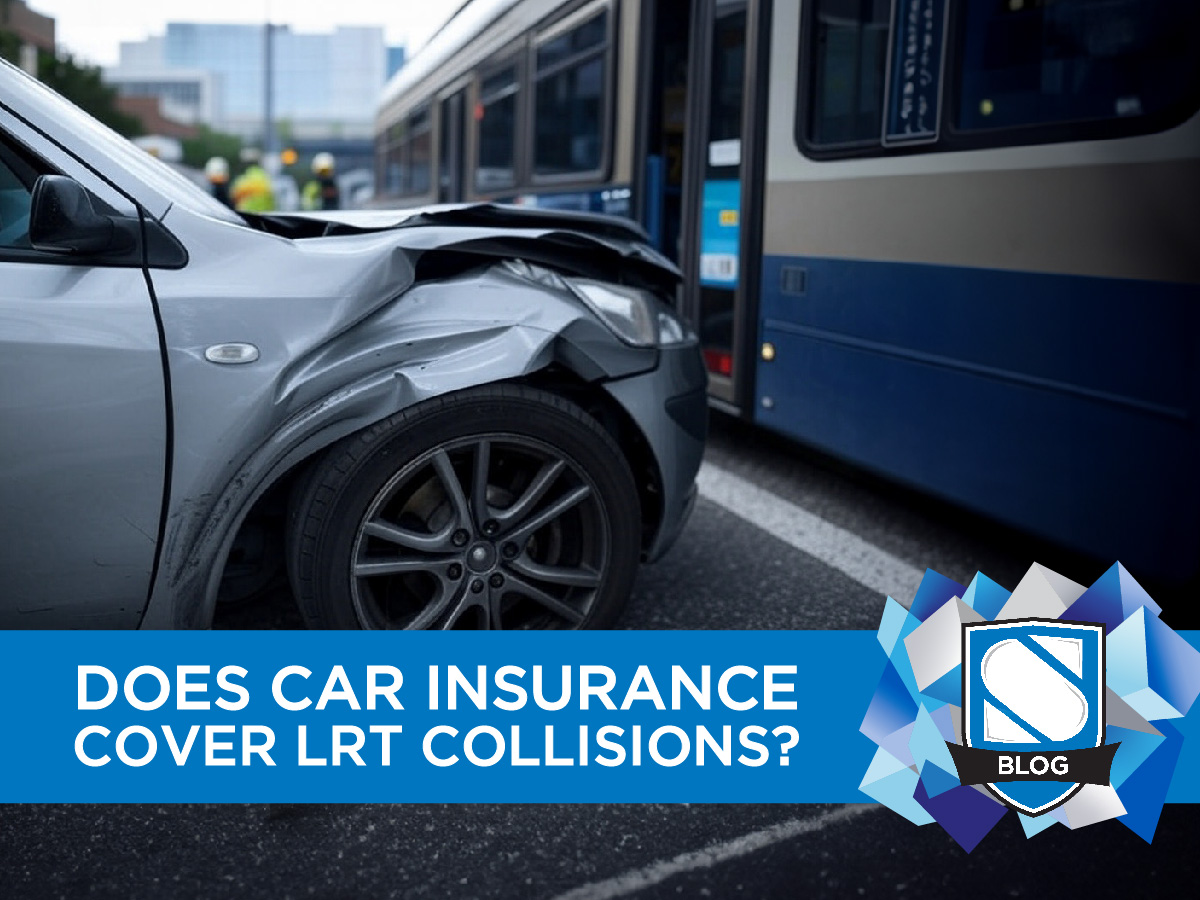

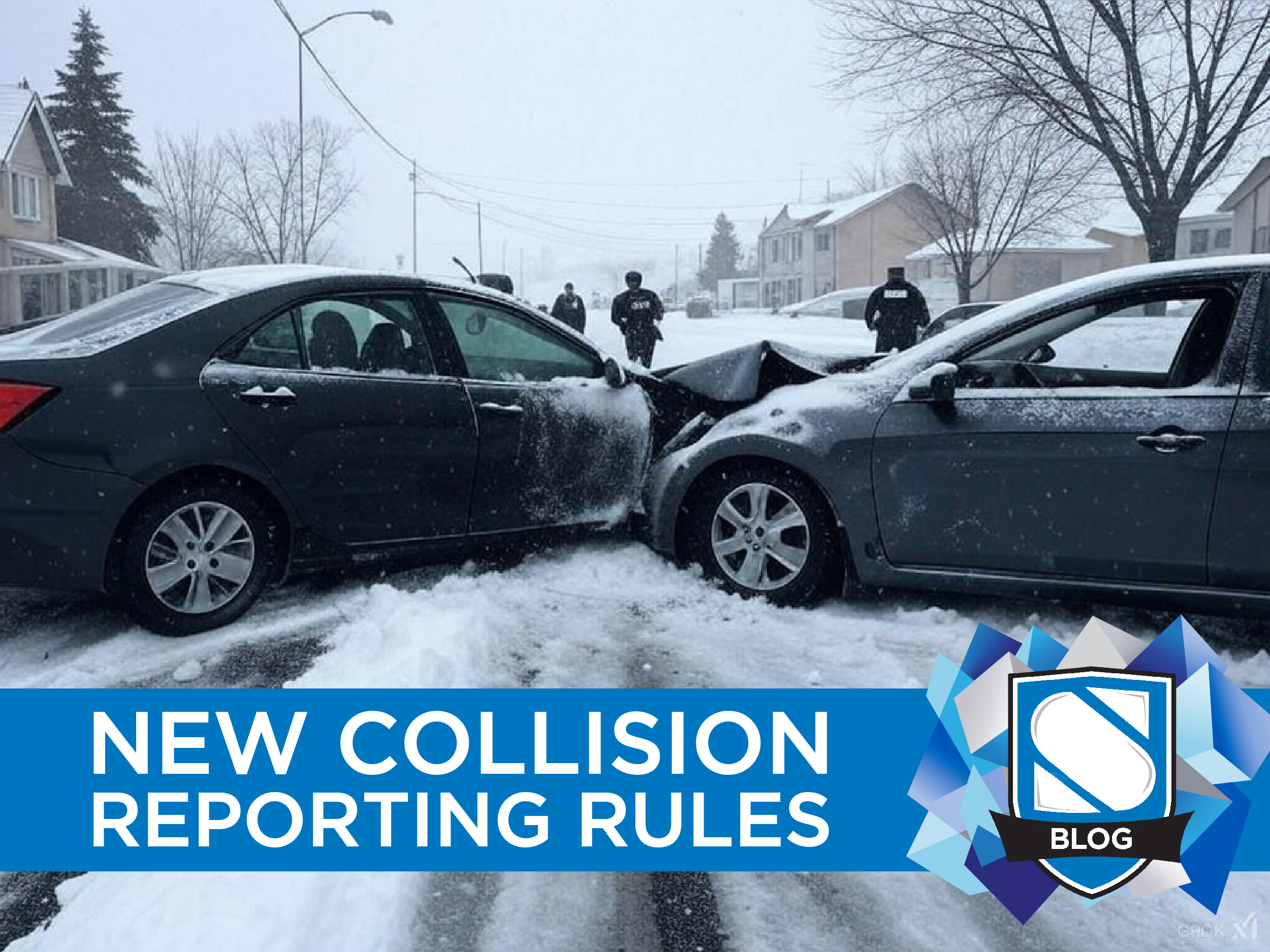
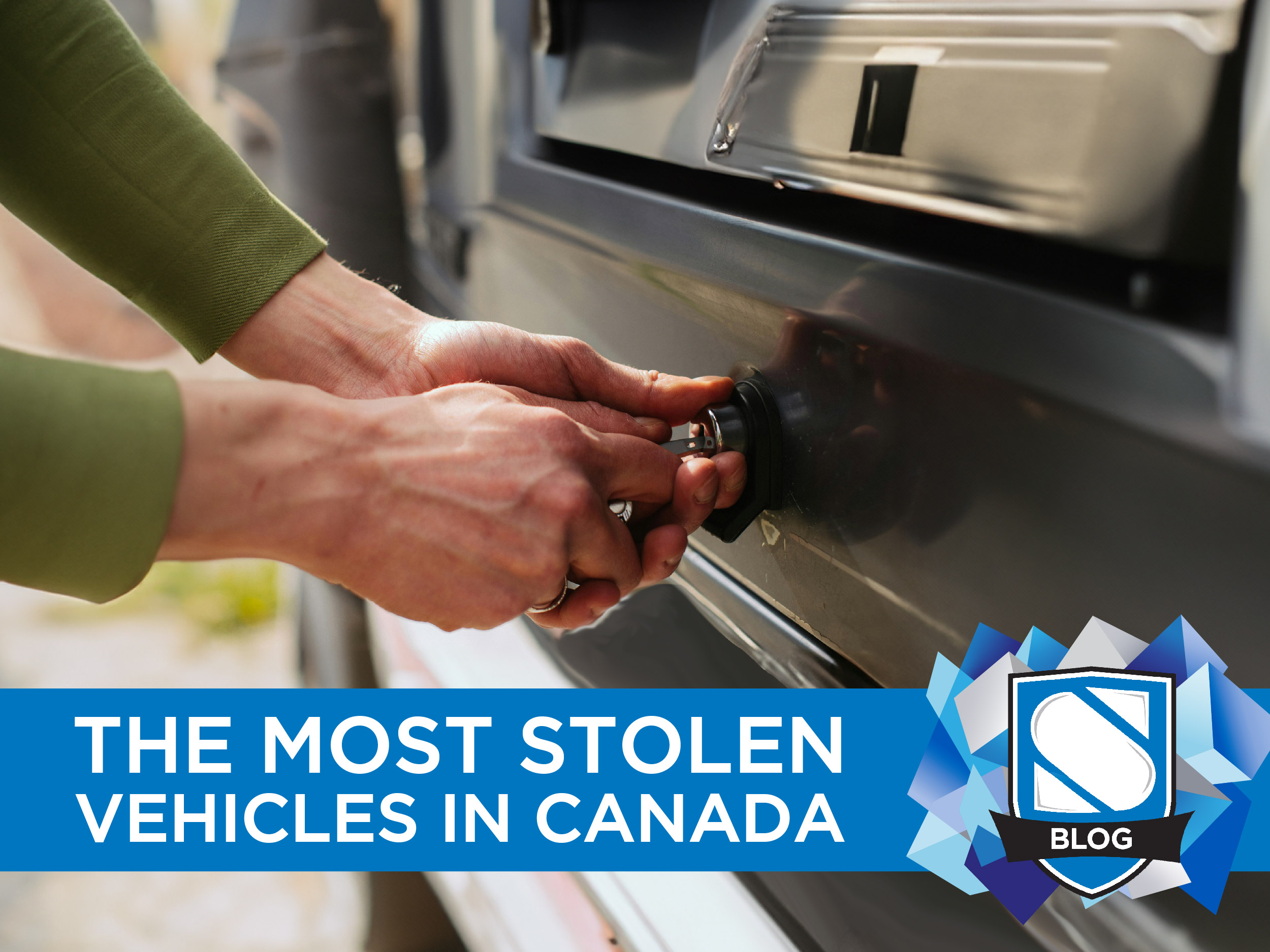
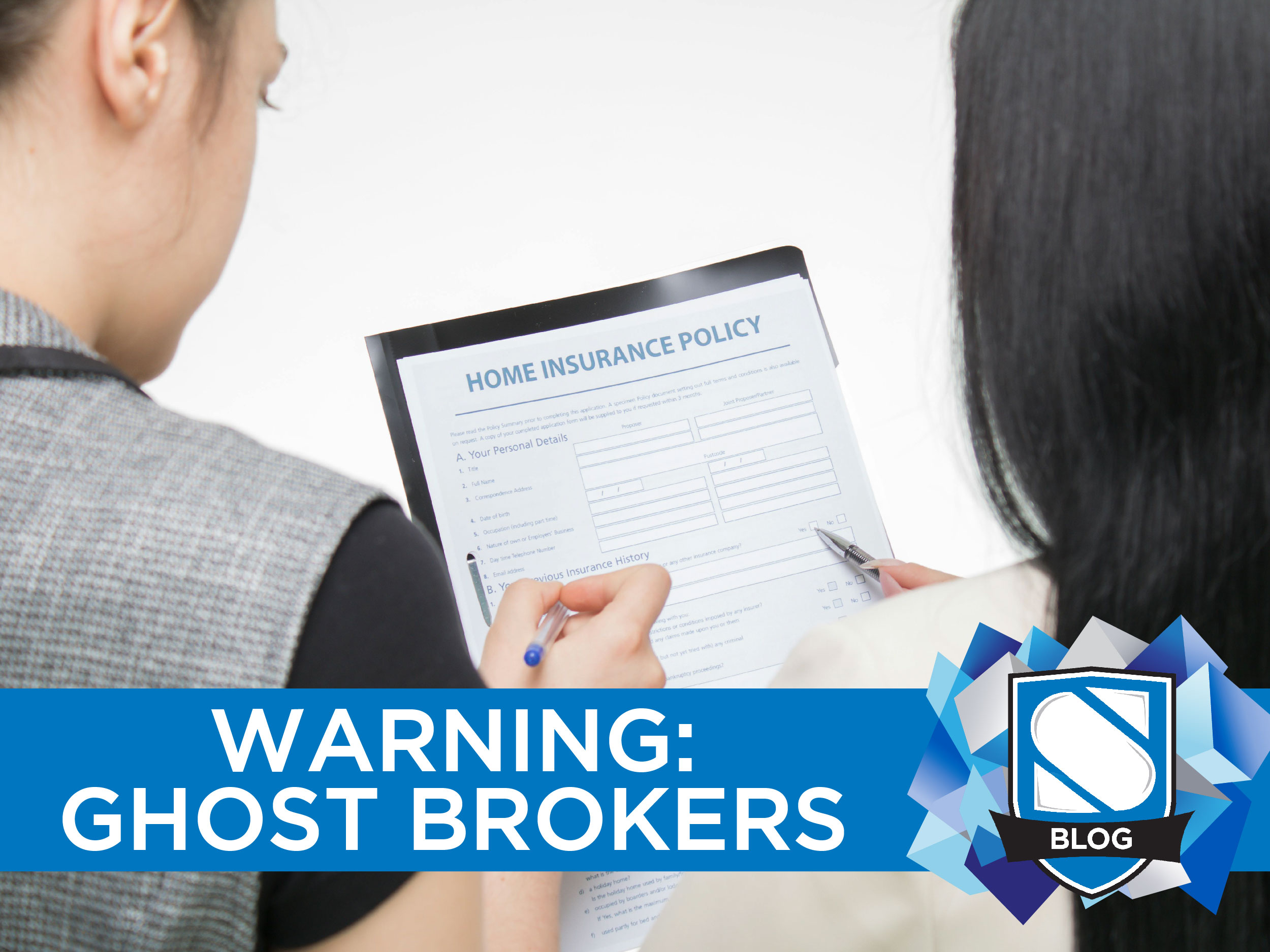
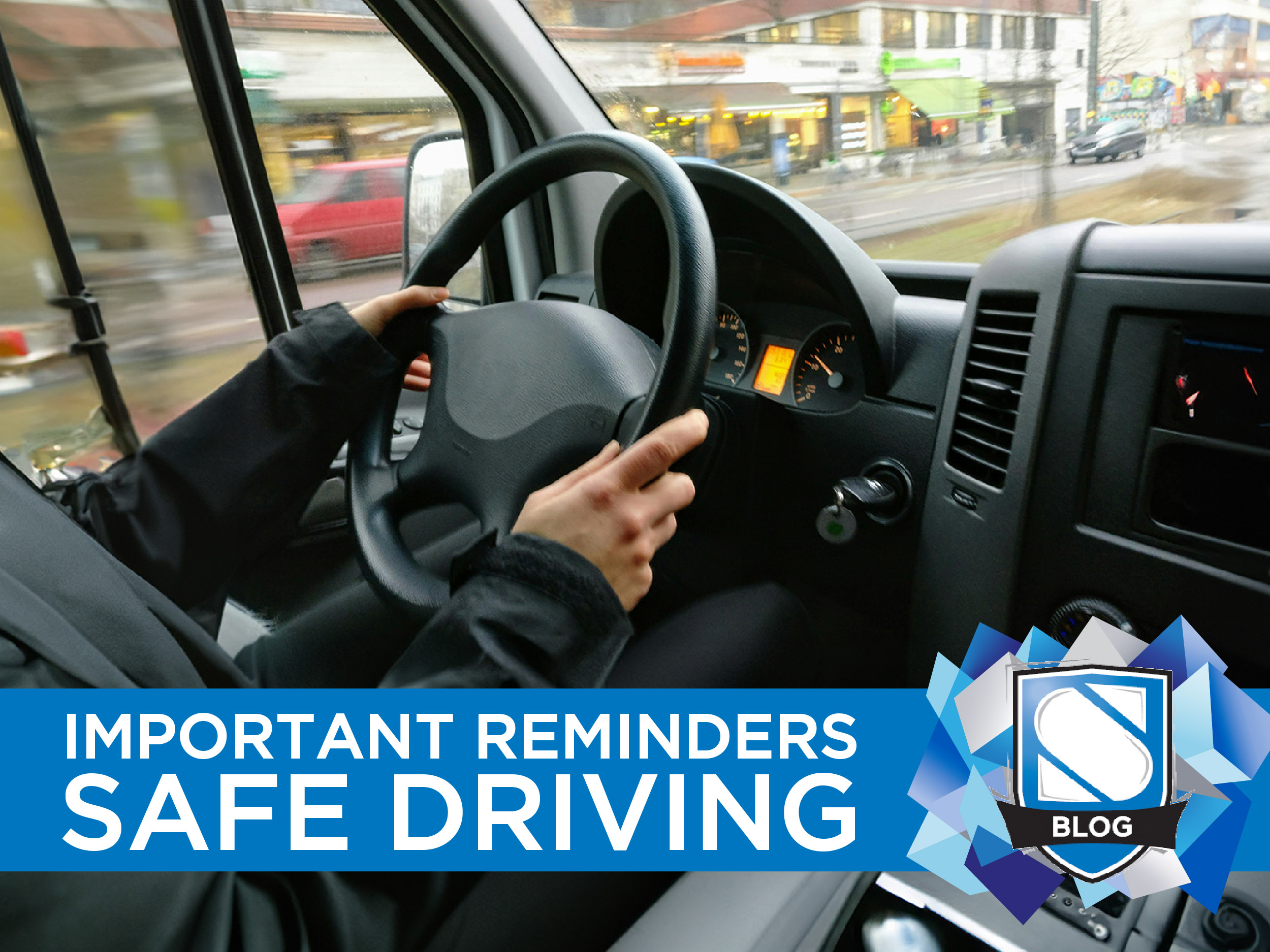
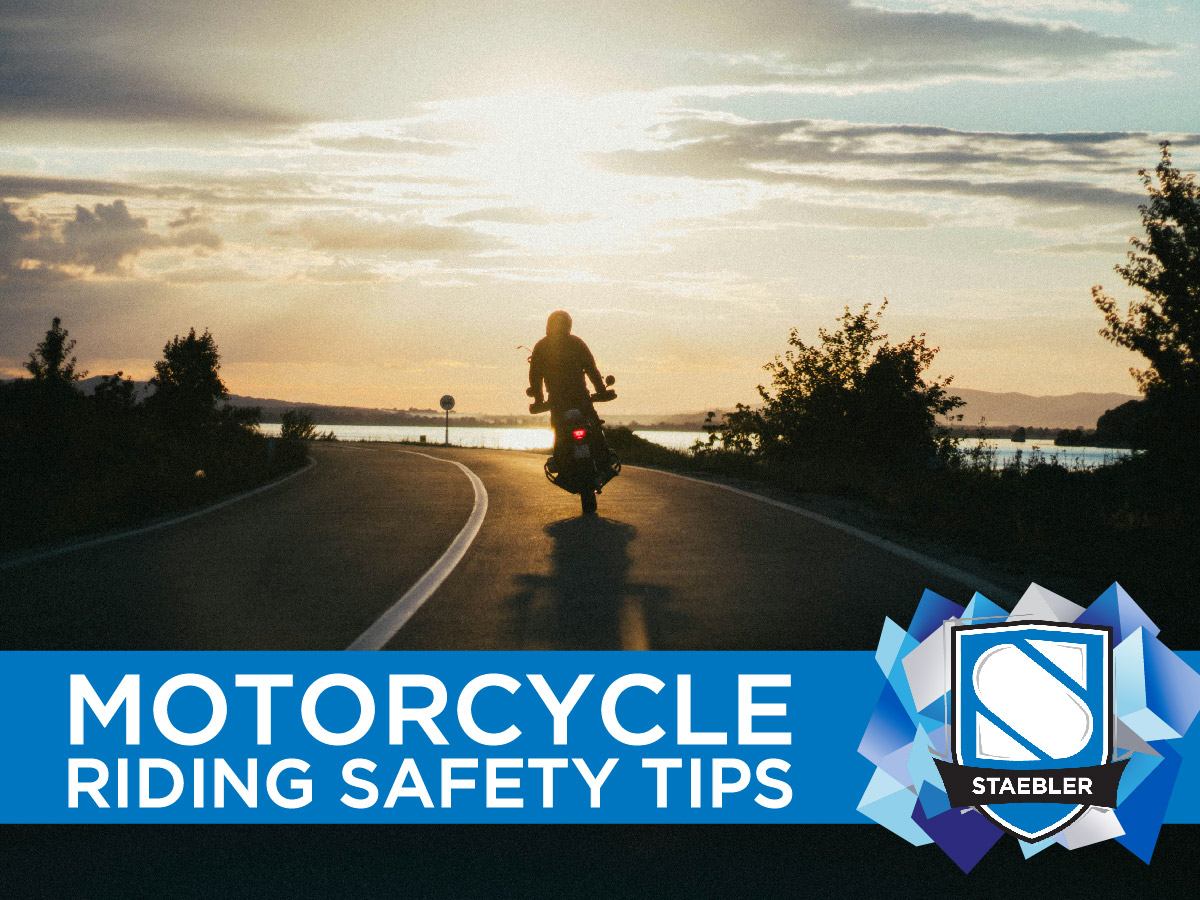
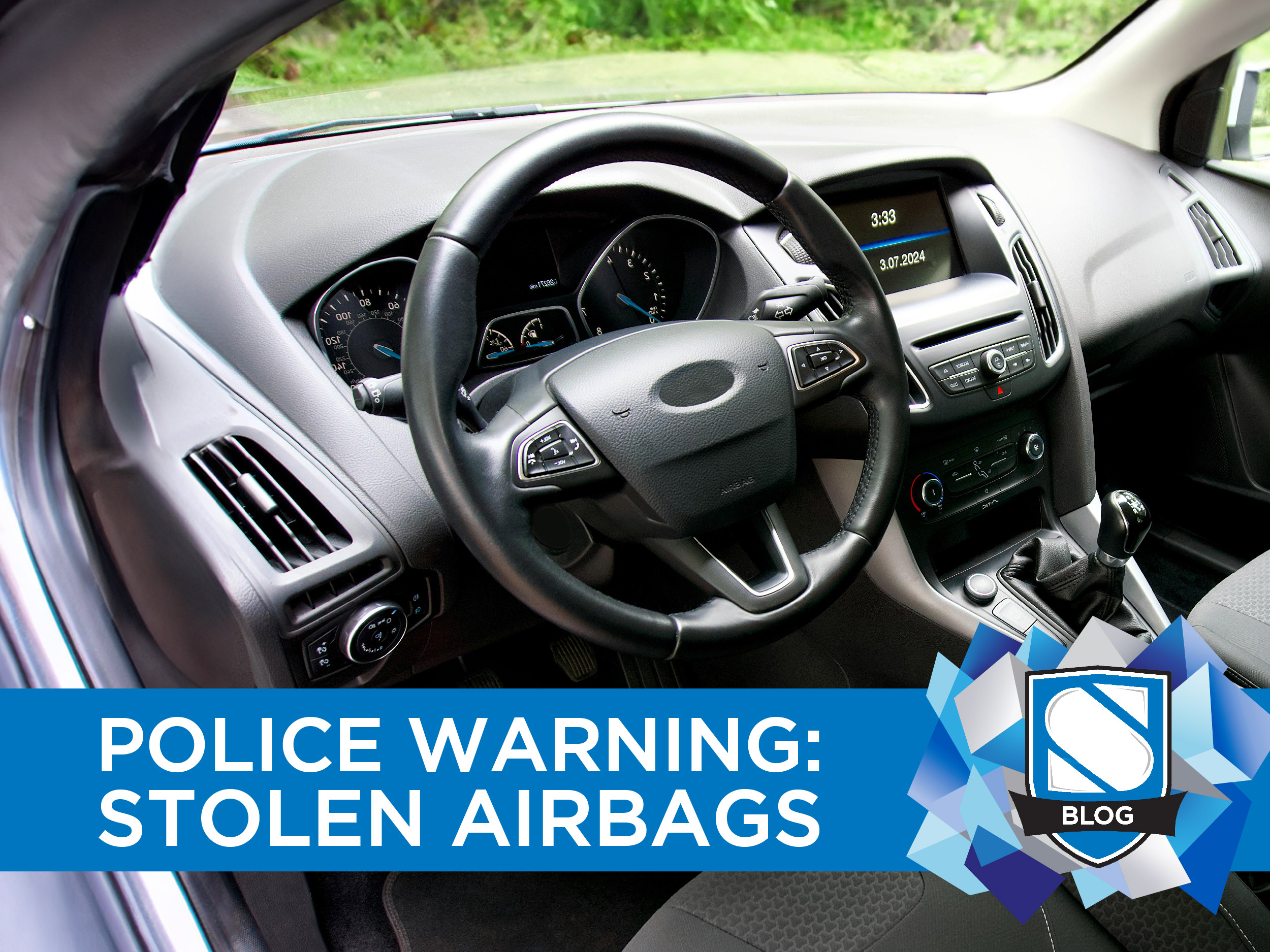
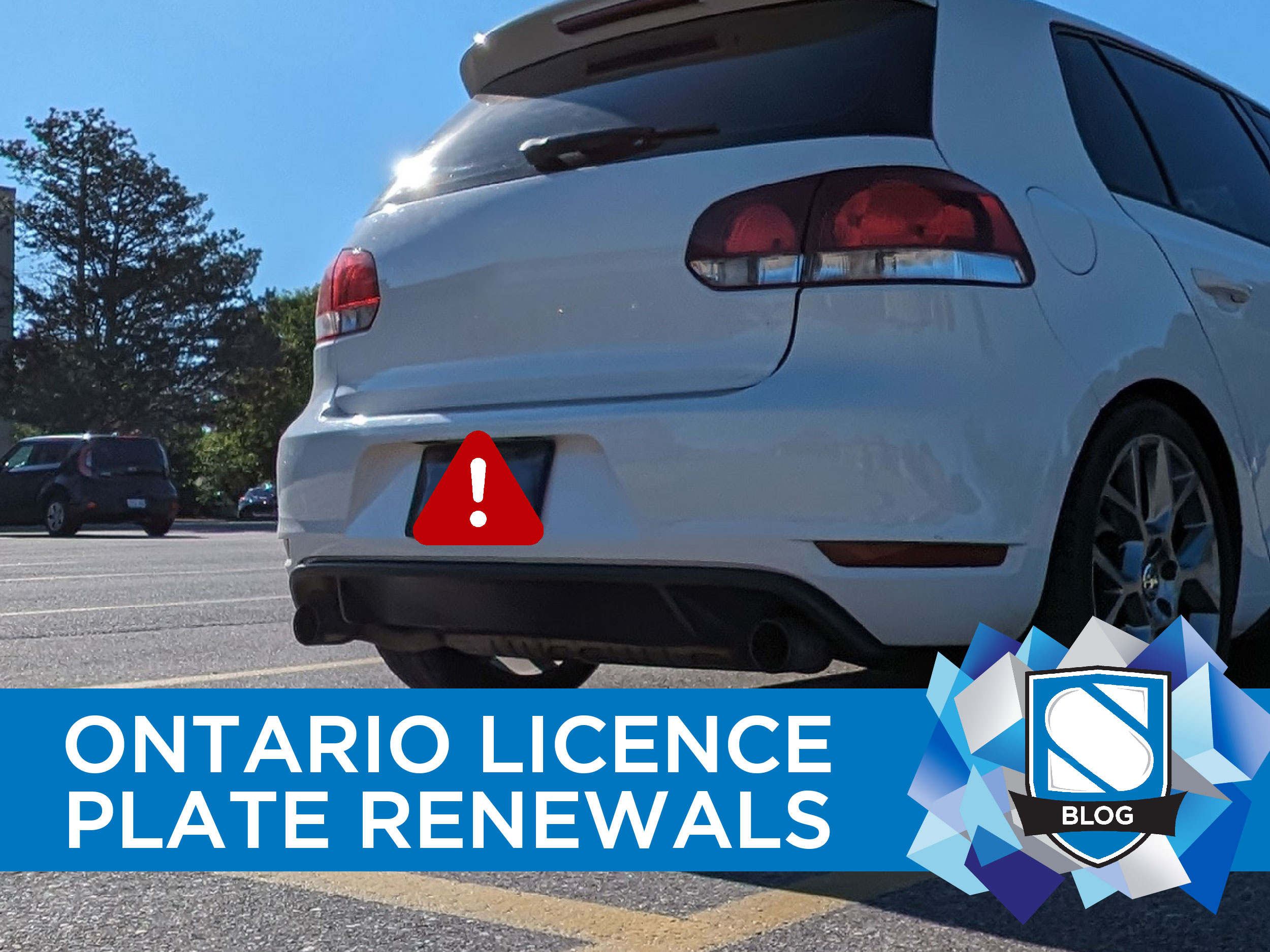
0 Comments